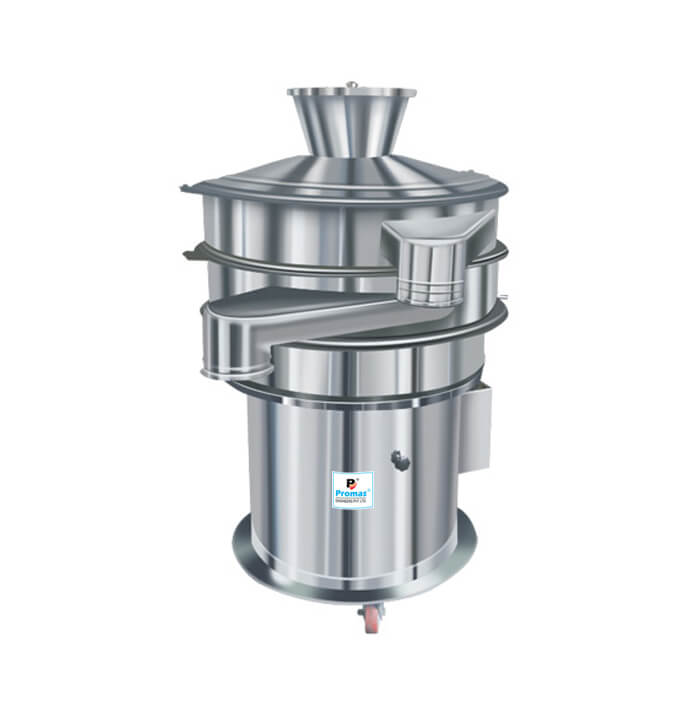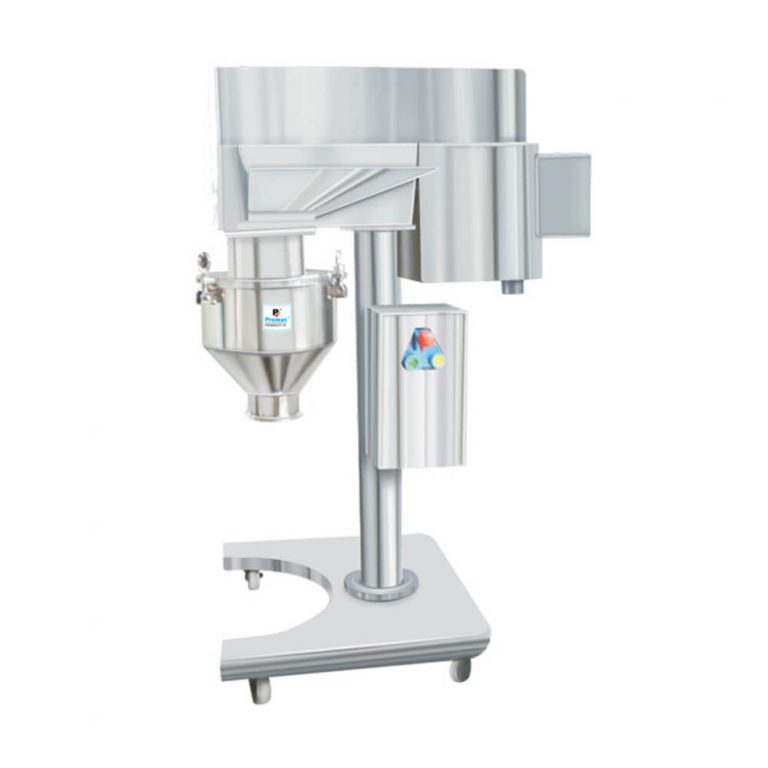Ball mill is essential machinery equipment for grinding materials which is majorly used in the production area for different powders such as silicates, cement, fertilizer, glass ceramics refractory material etc. There are names of ball mill which is tumbling mill and pebble mill. It is formed in a hollow cylinder that contains balls that are mounted in a metallic frame and rotated along with a longitudinal axis. The balls can be in a different diameter that occupies 30-50% of the mill volume and the size depends on the mill size and feed. The big balls eventually tend to break the coarse materials and small balls help to form a perfect product that reduces unnecessary spaces between balls. Ball mills grind the material by attrition and impact. The milling degree in the ball is more often influenced by, the density, number and size of the balls, consistent time of the materials in the mills, cylinder rotation speed, nature of ball mills feed level and feed rate in the vessel.
There are various types of ball mills present in the manufacturing lines and they differ to a different extent in the operating principle. They differ at the maximum capacity ranging from 0.010 litres ball mills in planetary, vibration ball mills or mixer mills to several 100 litres in a horizontal ball mill in rolling.
Ball Mill in Pharmaceutical Uses
The ball mill grinding system use either a closed circuit or an open circuit. In the open-circuit system, the feed rate of several materials is adjusted in order to achieve the required fineness of the final product. In a closed-circuit system, coarse components are separated from the finer and return back for the further process of grinding. When the final product is about to reach the fineness stage with the perfect standard, they, at last, get discharged out of the mill.
- The average and small capacity ball mills can be used for the grinding of drugs in a final stage or in a grinding suspension.
- The ball used at the maximum capacity for the milling ores before the manufacture of the chemicals in the pharmaceutical lines.
There are numerous forms of ball mills that are available in numerous materials which can accommodate the contamination and wear necessary requirements. These materials require to include AR 400, natural rubber lining, high-chrome resistant steel, high alumina ceramic brick lined mills and polyurethane lining.
Ball mills carry a huge advantage as to present in a self-contained so that operators are not able to expose as a product in the mill. It can be used equally for dry and wet grinding. In wet grinding, the components get dispersed in the medium of liquid. In the case of temperature-sensitive products the ball mills possibly be completely jacketed in order to maintain product temperatures. Ball mills are more suitable for milling the toxic materials that can be used to enclosed form. It is also majorly used in the case of milling highly abrasive materials.




